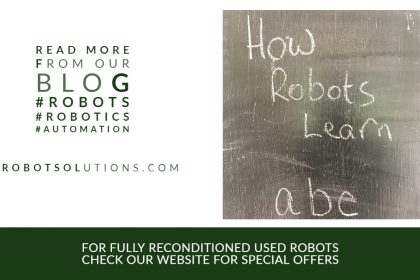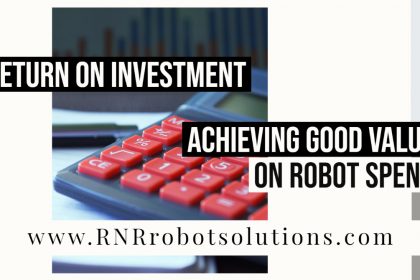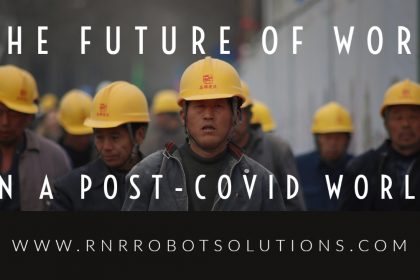With unprecedented levels of public spending at the moment, ways of generating additional tax revenues will come under the spotlight. The Robot Tax debate is sure to arise… here we examine the pros and cons.
What is a Robot Tax?
The driver is that automation, where machines replace humans, reduces the tax income to the government. Human workers who pay income tax and national insurance are taken out of the workforce and replaced by robots. To replace that lost income, alternative sources of income need to be found, which is why businesses that use robots come under the spotlight. The counter argument is that the introduction of robot technology does not necessarily reduce the workforce and inhibits economic growth.
Robot tax is not as yet a well worked out proposal, and the actual form of the taxation would need greater exploration – it could, for example, be a straight tax on the purchase of industrial robots, or an increased level of Corporation Tax for companies that are more automated. Increasing productivity increases profit – which can be taxed. One of the fundamental issues is defining exactly what a robot is, as we discuss later.
The impact of automation on the workforce
The scale of change is difficult to establish and estimates of the impact robots will have on the workforce vary widely. Oxford Economics predict a global impact of 20 million manufacturing jobs being replaced by robots up to 2030. A report from McKinsey put the figure at 800 million, globally, across all sectors.
The World Economic Forum looked at current trends in America and found that whilst automation was changing the way people worked, there was no significant increase in unemployment. Our blog on the likelihood of robots replacing humans found that there will be an increase in new jobs to compensate for jobs lost through automation.
What is clear is that changing patterns of work will inevitably lead governments to consider innovative ways of generating tax revenues.
Reasons For a Robot Tax
There are 2 essential arguments for a tax on robots:
Slowing the pace of automation
Imposing a tax will make businesses less prepared to invest in automation. Slowing this shift gives replaced workers more time to retrain.
Raises income to replace that lost through automation
Government coffers need filling in order to pay for the general state expenditure as well as re-training the displaced workforce.
Reasons Against a Robot Tax
Robots improve productivity
UK productivity has stagnated since 2008, and has fallen behind our closest competitors. This, it is argued, has has had a serious impact on real earnings growth, prospects for future economic growth and tax revenues which is why improving productivity is a key economic target.
A Tax could harm innovation
A UK government report on Automation and Industrial Strategy argued that the country needs more robots, not fewer, and that “UK automation businesses and researchers are innovating but many are failing to attract large scale investment and successfully commercialise their work.” They recommend tax incentives to encourage investment in technology such as robotics and artificial intelligence.
How to define a robot
Does automating a function count? – if so, washing machines could be defined as robots. How much of a process being automated would count? Definitions would need to be agreed multinationally, otherwise there will be cross-border issues.
The Robot Tax Debate
“As the pattern of work changes, so we can expect the pattern of taxation to reflect this. Putting more of a burden on industry, at a time when we need to protect and develop our manufacturing sector, would seem short-sighted”, says Liz Reid, MD of RNR Robot Solutions.
A tax on robots is not a new idea, and has been made strongly by Microsoft’s Bill Gates, and more recently by ex Labour leader Jeremy Corbyn. Which side of the debate do you come down on? Join in on LinkedIn here, and on Twitter here.









